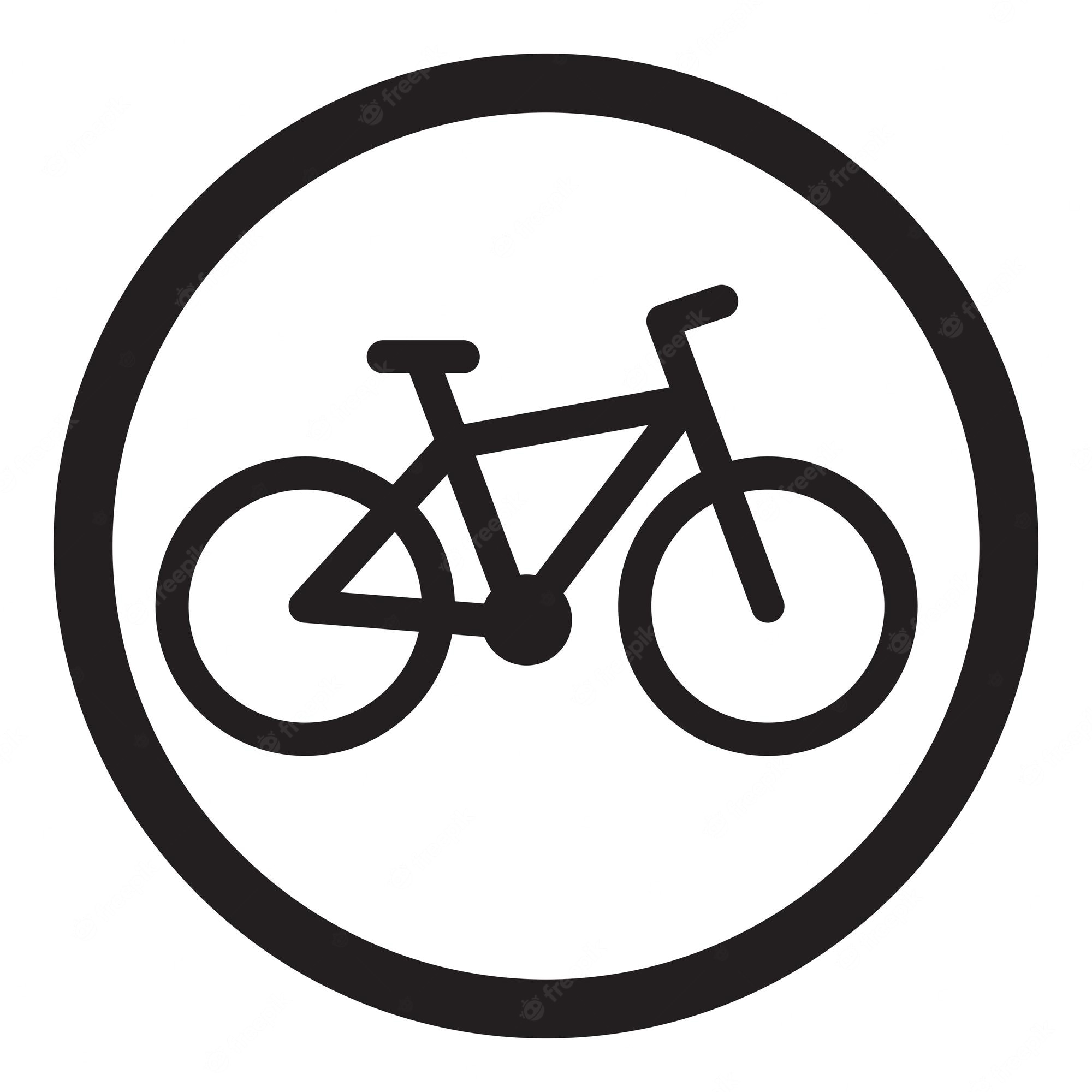

4 drinks (for women) isn’t a lot. That can be as little as two martinis or three margaritas.
5 (for men) isn’t really a lot either. That’s less than a 6 pack of beer. Or like 3 cocktails depending on how strong they are.
Most people I know will likely have at least one day a month where they drink this much. A birthday party, a holiday celebration, a wedding, a big game, etc. I wouldn’t think twice about a couple drinking this much on a date night. Heck, I’ve been to stuffy work functions that gave me 3 “drink tickets” (which would have put me over the limit). Throw in populations like alcoholics, college kids, service industry workers, etc, and I find it really hard to believe that’s only 5% of the population.







I’m surprised no one has mentioned hobby horsing yet.